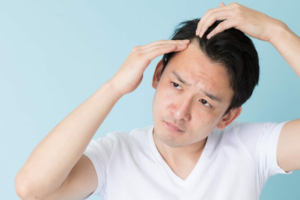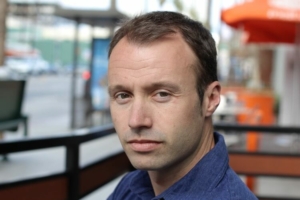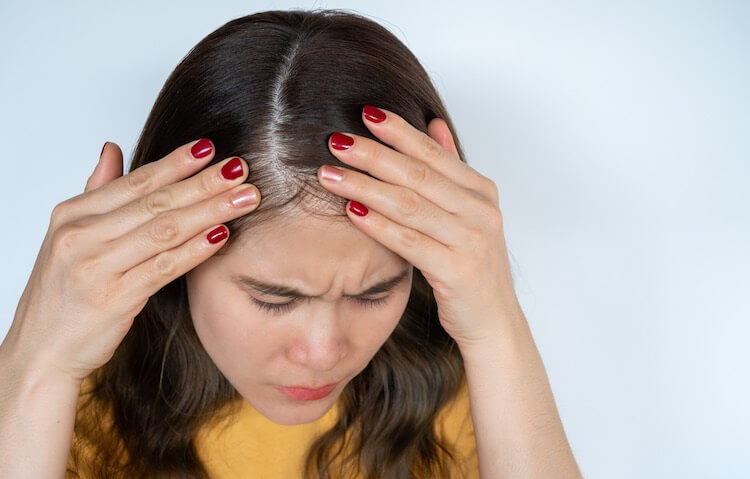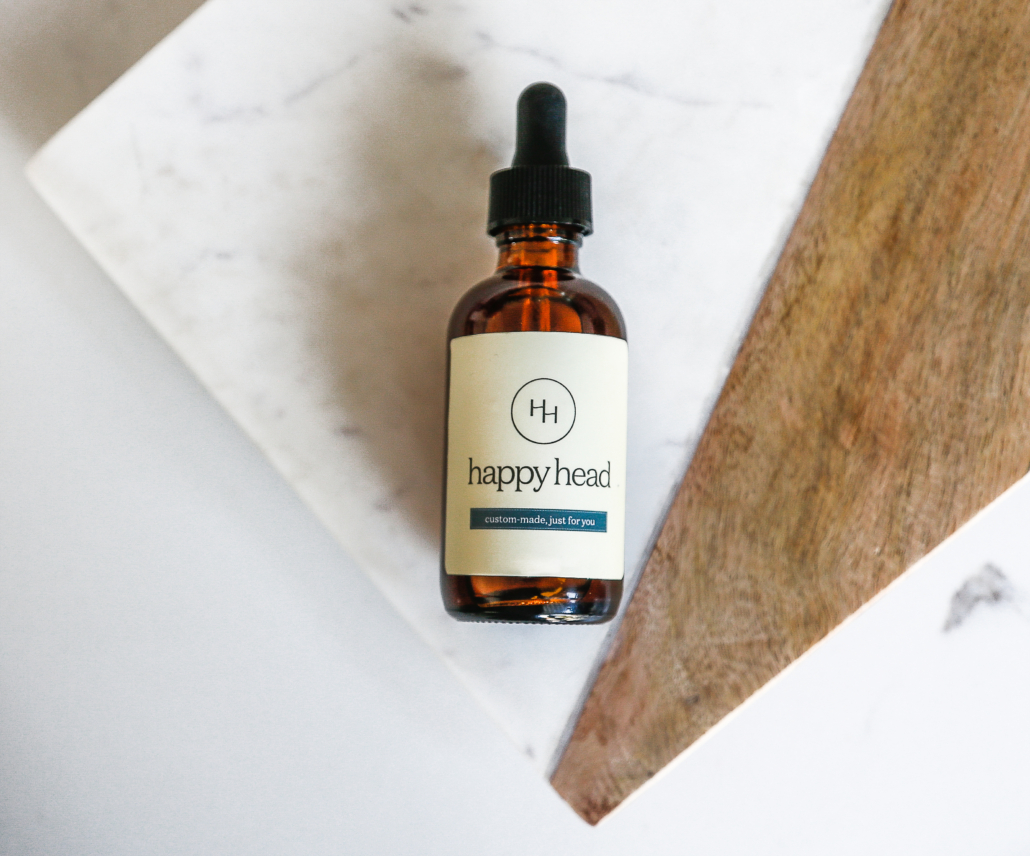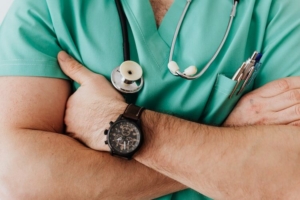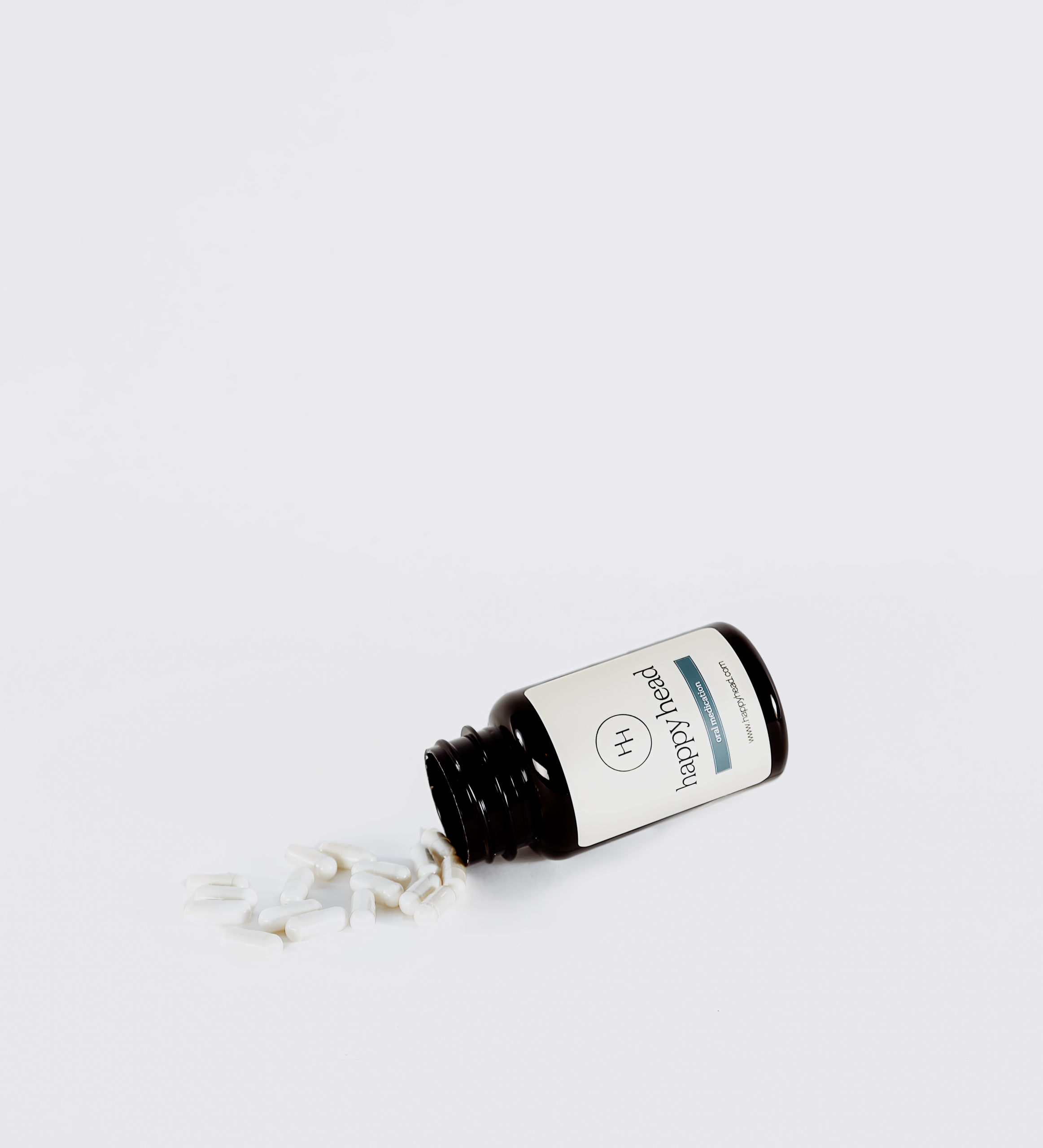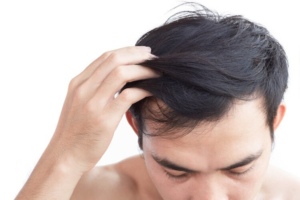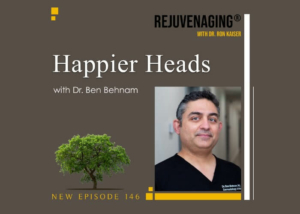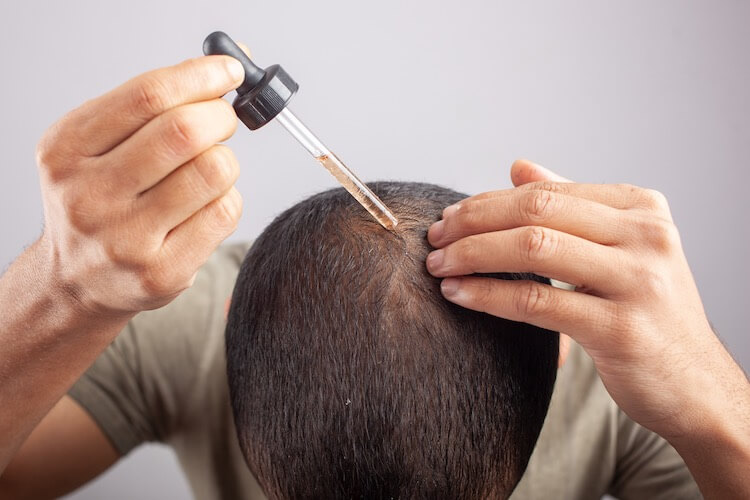Dutasteride or Finasteride for Hair Loss: Which Should You Use?
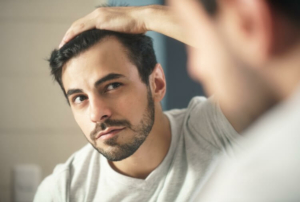
You’ve decided to be proactive and treat your hair loss. After all, you’ve been staring at the mirror day after day, trying to convince yourself that you aren’t really losing your hair. But, you are. Now that you’ve decided to do something about it, which medication should you use? Everywhere you look, there seems to be another hair loss solution that promises to give you a full head of shiny hair in no time.
Here’s what any qualified dermatologist will tell you. In addition to Minoxidil, you’ll need a prescription DHT (an acronym for dihydrotestosterone) blocker to effectively treat male pattern baldness. Two are on the market: Finasteride and Dutasteride. Both have been tested and are prescribed often. Which one is better? We’ll run down the list of pros and cons and give you the information you need to have an educated discussion with your dermatologist.
Why Do People Use Finasteride or Dutasteride?
Before we get into what Finasteride and Dutasteride are and how they work, let’s talk about why you need one of these medications. There are many types of alopecia that cause balding and thinning, but the most common type is male and female pattern baldness. Male and female pattern baldness is a genetic condition that occurs when your body converts testosterone into an androgen called dihydrotestosterone (DHT). If you are genetically predisposed to male or female pattern baldness, DHT can attack your hair follicles and cause something called miniaturization. Miniaturization occurs when the hair follicles shrink. Healthy new hair can’t emerge and existing hair falls out.
How Finasteride and Dutasteride Work
Finasteride and Dutasteride are in a class of medications called 5-alpha reductase inhibitors, also known as 5-ARIs. The medicines were initially designed and marketed to treat Benign Prostatic Hyperplasia (BPH), also known as an enlarged prostate. When testing effectiveness in treating BPH, researchers discovered that balding patients taking Finasteride experienced hair growth. The reason why is that the medications are anti-androgens, which means they prevent the conversion of testosterone to DHT. DHT causes both enlarged prostates and hair loss. If the testosterone doesn’t convert, your hair follicles will remain healthy.
What is the Difference Between Finasteride and Dutasteride?
Finasteride is sold under the brand names Proscar and Propecia. The medication was FDA-approved to treat male pattern baldness in 1997. Dutasteride is sold under the brand name Avodart and is used off-label to treat male pattern baldness. Dutasteride is a newer medication.
Finasteride inhibits Type 2 isoenzyme of 5a-reductase. Dutasteride inhibits Type 1 and Type 2. You could say that Dutasteride is stronger because it inhibits an extra enzyme. Does that mean that Dutasteride is a better choice? Although one study found Dutasteride to be more effective, that isn’t always the case. (01)
You Need to Give DHA Blockers a Test Run
According to Dr. Ben Behnam, Board Certified Dermatologist and founder of Happy Head, you won’t know which medication will work better for you until you try one. Logically, Dutasteride should work better for everyone because it has broader coverage, but that isn’t always the case. He has seen situations where patients respond better to Finasteride. That’s one of the reasons why dermatologists typically recommend Finasteride first. Finasteride can often get the job done at a lower dosage than Dutasteride. Finasteride is also often combined with Minoxidil to get desired results. The two medications work synergistically to halt hair loss and generate growth. Minoxidil brings oxygen to the hair follicle, enlarging the follicle, while Finasteride blocks the DHT from attacking the follicle.
You Need to Consider How Risk Adverse You are to Potential Side Effects
Side effects are always a possibility with any medication. However, DHT blockers are of particular concern to many men because of potential sexual side effects. Both Finasteride and Dutasteride have similar risks and safety profiles. (02) The truth is that side effects are rare with both medications. If you’re still concerned, though, Finasteride comes in a topical formula. The topical has been proven to penetrate the scalp’s surface and work as effectively as the oral pill. Men can get the same benefit without systemic effects.
Can Women Use Finasteride and Dutasteride?
Just as men get male pattern baldness, women experience female pattern baldness. Female pattern baldness is also caused by DHT. Although Finasteride is not FDA approved for women, many dermatologists prescribe the medication to their female patients. The only caveat is that Finasteride is not recommended for women who are or are thinking about getting pregnant. Dutasteride isn’t prescribed to women as often as Finasteride, however, women can take the medication if they are not of childbearing age. Spironolactone, another DHT blocker, is usually prescribed rather than Dutasteride.
Need help selecting the right medication to treat your male or female pattern baldness? Want more information about whether Finasteride or Dutasteride are right for you? We’re here to help. Our board-certified dermatologists are on call to answer your questions and make personalized recommendations.
Resources:
(01) https://www.ncbi.nlm.nih.gov/pmc/articles/PMC6388756/#:~:text=One%20study%20discovered%20that%20dutasteride,in%20inhibiting%20type%201%205AR.&text=After%20studying%20the%20mechanism%20of,than%20finasteride%20in%20treating%20AGA.
(02) https://pubmed.ncbi.nlm.nih.gov/24411083/

